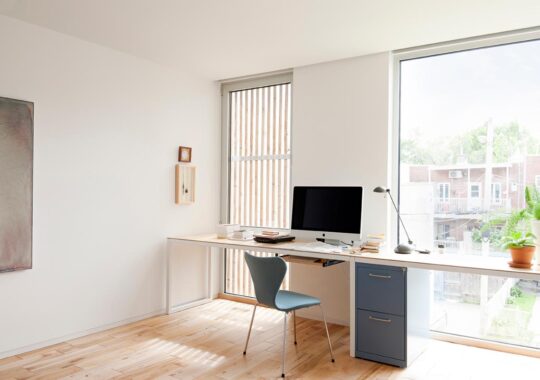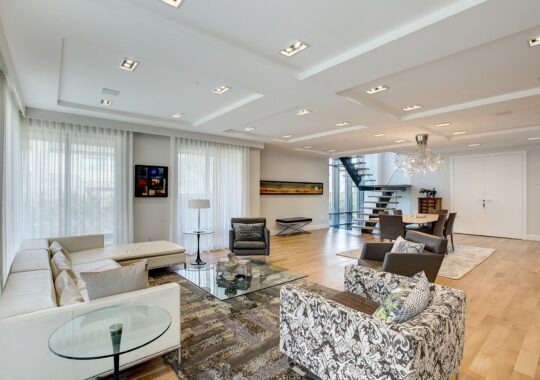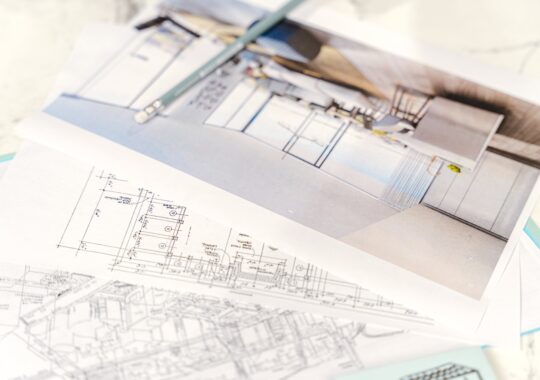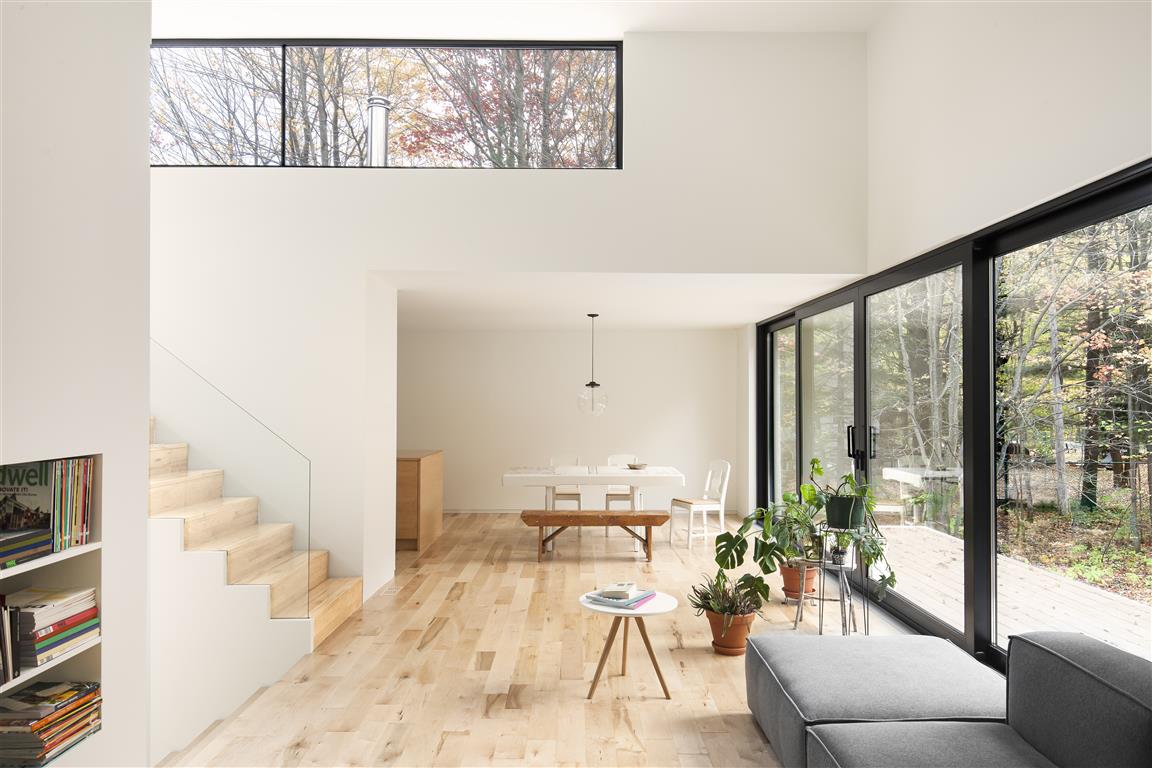The Vital Role of Ventilation: Managing Large Aluminum Surfaces
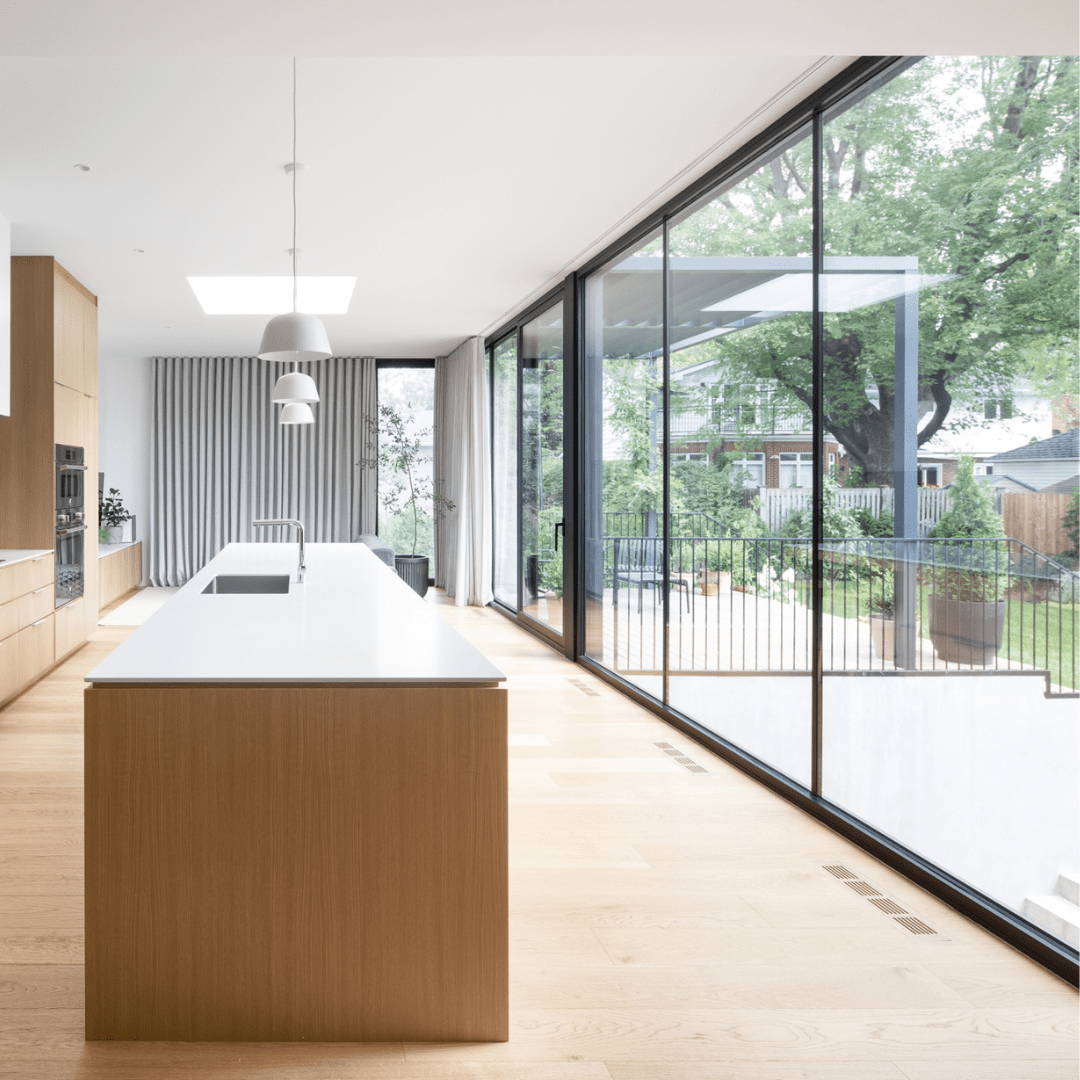
Follow us
In the realm of modern architecture and interior design, aluminum has emerged as a popular choice for its durability, versatility, and sleek aesthetic appeal. From expansive windows and doors to intricate partitions and panels, large aluminum surfaces are ubiquitous in contemporary spaces. While these elements undoubtedly enhance the visual allure of interiors, there’s an often overlooked aspect that demands attention: ventilation.
Ventilation is not just about maintaining indoor air quality; it plays a crucial role in managing the thermal performance and overall comfort of spaces adorned with large aluminum surfaces.
Moisture Control & Preventing Condensation
Ventilation helps regulate indoor humidity levels by allowing moisture-laden air to escape and fresh, drier air to enter the space. When moisture accumulates on large aluminum glass surfaces, such as windows and doors, it can lead to condensation formation. Adequate ventilation helps mitigate this by reducing the moisture content in the air, thereby minimizing the risk of condensation.
Air Circulation
Proper ventilation facilitates airflow around large aluminum glass surfaces, preventing stagnant pockets of air from forming. Stagnant air tends to have higher humidity levels, increasing the likelihood of condensation occurring on surfaces. By promoting air circulation, ventilation helps distribute air evenly throughout the space, minimizing the potential for condensation to develop.
Temperature Regulation
Ventilation can also contribute to temperature regulation within the interior environment. By allowing warmer, moisture-laden air to escape and cooler, drier air to enter, ventilation helps maintain optimal temperature levels. Consistent temperature control reduces the likelihood of surface temperatures on aluminum glass surfaces dropping below the dew point, which is a common trigger for condensation formation.
Preserving Building Materials
Condensation not only affects aluminum glass surfaces but can also damage surrounding building materials, such as wood frames and drywall. Moisture-related issues, including rot, decay, and structural damage, can arise if condensation is left unchecked. Effective ventilation helps prevent these problems by minimizing moisture accumulation and maintaining a healthy indoor environment.
By incorporating proper ventilation strategies into the design and operation of interior spaces, you can ensure the longevity and performance of aluminum glass elements while maintaining a comfortable and healthy indoor environment.


